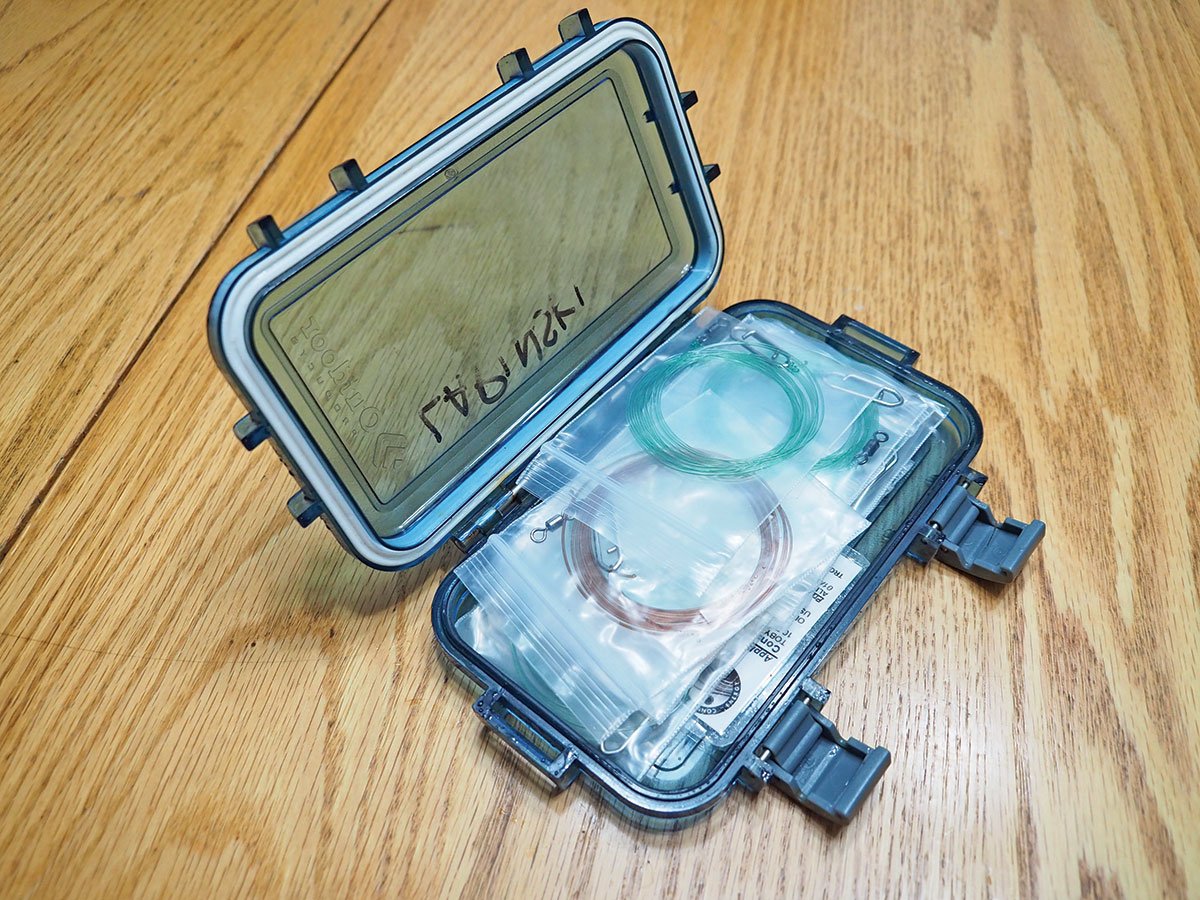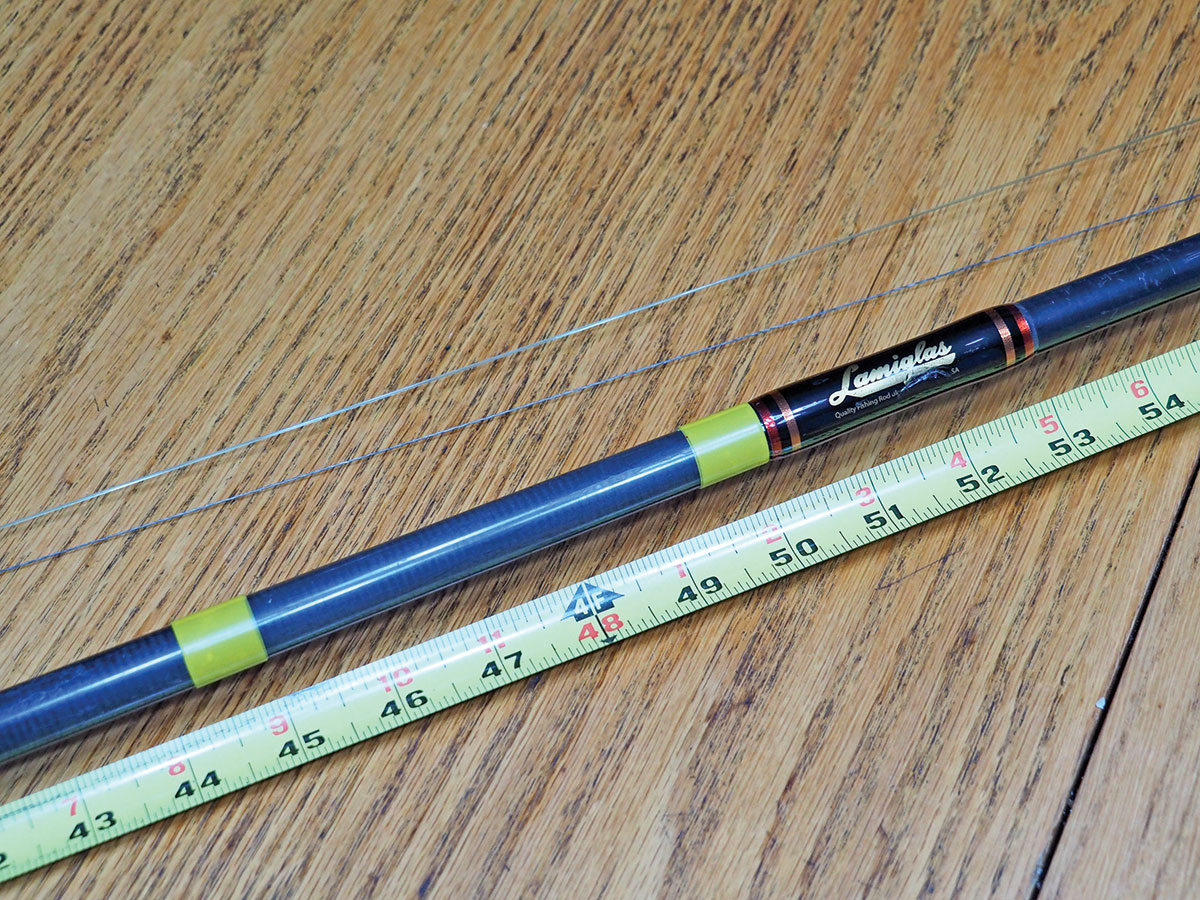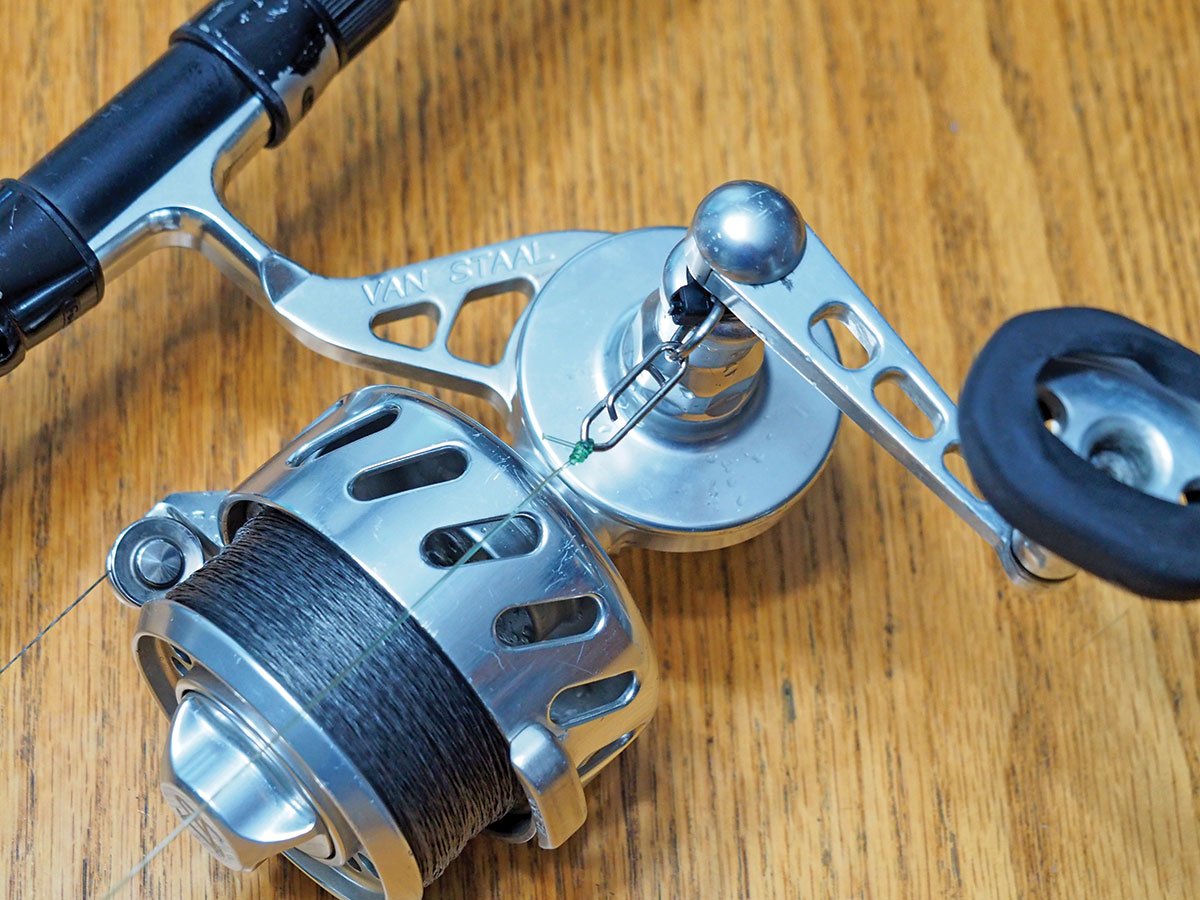Three simple tricks to make your surfcasting outings more efficient and productive.
Fishermen, by nature, like to tinker with their gear to get that edge over the next caster. We are always on the lookout for non-fishing products and products that are directed at a different fishery that can improve our success or make our outings more efficient. Here are a few such examples I regularly put to good use in the surf.
A Better Leader Wallet
 Over the years I’ve seen and experimented with a wide variety of ways to carry leaders in the surf. I’ve used many commercially-available products and tried a lot of different non-fishing items, but regardless of how good an idea was said to be, they all fell short of my needs. Above all else, I want my leader wallet to be water-tight as nothing is more annoying than opening a plug or eel leader to find my baggie full of saltwater. I ruined way more eel and chunk hooks than I’d care to admit to this flaw until one day I had an “Ah hah!” moment at my local Wal-Mart when I noticed a small, slender waterproof cell phone case in the camping section. The one designed for an iPhone 5 and similar-sized phones immediately jumped out at me as having “leader wallet” potential. I laid down the $10 and gave it a shot. For several years I mostly kept this to myself because I wanted to make sure it really worked before recommending it. I pre-tie 12 to 15 leaders, place them in small 3- by 2-inch baggies and pack them neatly inside the case. The case fits perfectly inside my plug bag or jacket pocket. I make up separate wallets each for plug, eel and chunking leaders, and each one also holds a laminated copy of my fishing license so I will never be without it.
Over the years I’ve seen and experimented with a wide variety of ways to carry leaders in the surf. I’ve used many commercially-available products and tried a lot of different non-fishing items, but regardless of how good an idea was said to be, they all fell short of my needs. Above all else, I want my leader wallet to be water-tight as nothing is more annoying than opening a plug or eel leader to find my baggie full of saltwater. I ruined way more eel and chunk hooks than I’d care to admit to this flaw until one day I had an “Ah hah!” moment at my local Wal-Mart when I noticed a small, slender waterproof cell phone case in the camping section. The one designed for an iPhone 5 and similar-sized phones immediately jumped out at me as having “leader wallet” potential. I laid down the $10 and gave it a shot. For several years I mostly kept this to myself because I wanted to make sure it really worked before recommending it. I pre-tie 12 to 15 leaders, place them in small 3- by 2-inch baggies and pack them neatly inside the case. The case fits perfectly inside my plug bag or jacket pocket. I make up separate wallets each for plug, eel and chunking leaders, and each one also holds a laminated copy of my fishing license so I will never be without it.
Now some five or so years into the experiment, I can say with complete confidence that this may be the best way I have found to store pre-tied leaders in my surf bag without any fear of having water intrusion. Sure you can tie leaders on the fly, but it is extremely inefficient.
A Quick ‘Tape’ Measure
 I don’t harvest many striped bass these days, but at times I still like to have a general idea of a fish’s length. The conventional way to measure a fish is, of course, with a ruler. However, taking the time to lay out a tape measure next to a fish comes with its own string of problems. From the need to find a flat surface to leaving the fishing action to increased time the fish spends out of the water (something we all need to work on reducing in this time of increased spotlight on release mortality) I simply felt there had to be a better way.
I don’t harvest many striped bass these days, but at times I still like to have a general idea of a fish’s length. The conventional way to measure a fish is, of course, with a ruler. However, taking the time to lay out a tape measure next to a fish comes with its own string of problems. From the need to find a flat surface to leaving the fishing action to increased time the fish spends out of the water (something we all need to work on reducing in this time of increased spotlight on release mortality) I simply felt there had to be a better way.
What I came up with is nothing new and was originally shown to me by one of the “Old Guard” of the Rhode Island surf. What he suggested was to put a piece of tape on my rod at a measured point so that I could get a quick idea of the length of my fish before spending the time in getting a full measurement. The idea here is that you can check a fish against the mark and then only run back to shore when a fish is deemed “close enough to verify.”
Nowadays you’ll find a mark on all my surf rods at 45 and 50 inches, denoted in easy-to-see yellow electrical tape, as these are the lengths of importance to me. If you’re setting the mark at the minimum length for harvest in your waters, I suggest putting the tape 1-inch past the actual measurement. This additional inch helps to account for the imperfect measurement associated with the method, but you will still need to verify the actual length of any fish you plan to harvest to avoid taking a short fish.
A Simple Leader Catch
 Low-profile, paperclip-style snaps rule the surf. It’s not too often that you’ll find an angler using duo-lock or coast-lock snaps; those made by Spro, Tactical Anglers and Tsunami are far more common. However, the one drawback with these snaps is that where the old snaps could easily be clipped to the guide foot of your rod when in transit, these small snaps will simply not fit on the guide without causing major damage. My original fix for this was to simply catch the small snap on the line between my spool and collector guide, but every so often I’d actually pierce the braid. My “Ah hah!” moment came one winter as I was rigging up a batch of eels. When I rig an eel I add a solid ring (like those designed for quick change of saltwater metal jigs) to the head hook before soldering it closed as this makes it easier to attach the paperclip snaps when fishing.
Low-profile, paperclip-style snaps rule the surf. It’s not too often that you’ll find an angler using duo-lock or coast-lock snaps; those made by Spro, Tactical Anglers and Tsunami are far more common. However, the one drawback with these snaps is that where the old snaps could easily be clipped to the guide foot of your rod when in transit, these small snaps will simply not fit on the guide without causing major damage. My original fix for this was to simply catch the small snap on the line between my spool and collector guide, but every so often I’d actually pierce the braid. My “Ah hah!” moment came one winter as I was rigging up a batch of eels. When I rig an eel I add a solid ring (like those designed for quick change of saltwater metal jigs) to the head hook before soldering it closed as this makes it easier to attach the paperclip snaps when fishing.
I forget exactly how I made the connection, but at some point I had the idea to zip-tie a solid ring to the reel arm of my Van Staal. This allows me to quickly secure the small clip on the ring while eliminating any damage to the rod guides or the reel itself if used to catch a hook when walking from spot to spot.


